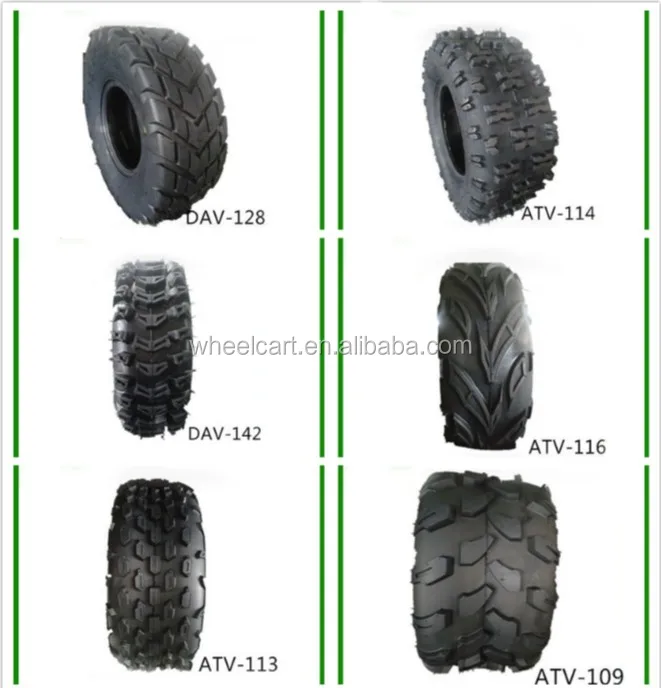Getting a set of better tires is the most common upgrade people do to their ATVs. But how much are they?
In this post, we’ll have a look at how much you should expect to pay for different types of ATV tires and which factors drive the price up or down.
Related: How Much Do ATVs Cost – Comparing Different Types
This table will give you a general idea of how much you should expect to pay for various types of ATV tires:
| Tire Type | Typical Price Range (per tire) |
| All-Terrain | $50 – $150 |
| Mud | $50 – $150 |
| Hard / Rock Crawler | $110 – $250 |
| Sand | $50 – $450 |
| Snow | $60 – $190 |
| Sport / Racing | $70 – $120 |
| Youth | $20 – $80 |
As you can see from the table above, the price varies quite a lot within each tire category. A range of factors determines where a given type of tire ends up on the price scale.
Stock ATV tires are typically 25 to 26 inches in diameter and 6-10 inches wide. When people are upgrading their tires for better off-road performance, they are usually choosing a bigger tire.
It’s generally considered safe to go up one inch in size from stock tires without the risk of causing suspension and driveline issues.
Some riders even take it to the extreme and get 32-inch tires for better traction and ground clearance when mudding.
But when tire size goes up, so does the price. A bigger tire’s manufacturing process is generally more complicated and requires more raw materials to be used for each tire.
If we look at the popular ITP Mud Lite II, for example, we find that a size 28×11-14 costs about 75% more than a size 25×8-12 of the same tire.
When stepping up to beefy 30 to 32-inch mud tires, we find that the price more than double of that a standard size all-terrain tire cost.
Different types of ATV tires offer different types of features depending on the tire’s intended purpose. Extra or improved features require extra steps to be added to the manufacturing process. Each additional step adds to the total cost of the tire.
All-Terrain tires are what most ATVs come with stock. They are designed to offer decent overall performance and not extreme use. This is usually reflected in a moderate sales price.
Mud Tires have large tire lugs for optimal traction in wet conditions. A more aggressive tread pattern usually equals a more expensive tire.
Rock Crawling Tires, on the other hand, does not have that aggressive tread pattern. Instead, they need to be more robust and puncture-resistant. They usually have a higher ply-rating (more layers of rubber) than an all-terrain tire and features reinforced tire cords.
Sand Tires feature huge rubber paddles for better grip in the sand. Each paddle has to withstand immense forces, and the awkward shape makes manufacturing a bit more tricky.
The market is flooded with cheap knockoffs at a seemingly affordable price. While a cheaper tire may look almost identical to one from a more reputable brand, it is usually not as good.
The rubber quality used in cheaper tires is often not as good, resulting in a tire that offers less traction and less milage before wearing. Balancing issues is also more common in the cheapest tires on the market.
Tires that sell in vast quantities are usually cheaper than less common styles and sizes of tires that do not sell in such large numbers.
All-terrain style of tires are by far the most common, and therefore usually offers the most bang for the buck.
With larger quantity productions, the manufacturers can produce more tires without making alterations to the production line. This helps to keep the total cost down.
Best-sellers also face a smaller risk of not being sold. The loss of each tire that ends up not being sold must be distributed over the tires that do get sold. With the more common tires, the expected loss is not that high.
ATV tires can be bought individually, as pairs, or as a complete set of four. You usually get a much better deal when choosing a complete set over a single tire. Not only do you get a quantum discount, you likely save on shipping and handling as well.
ATV tires on sale can deviate from the MRSP price with as much as 50 – 100%. Therefore, it’s often well worth your time to shop around to find the best deal.
You can usually find the best deal online, but due to high shipping costs, the total price you can get at your local dealer may not be that bad in comparison.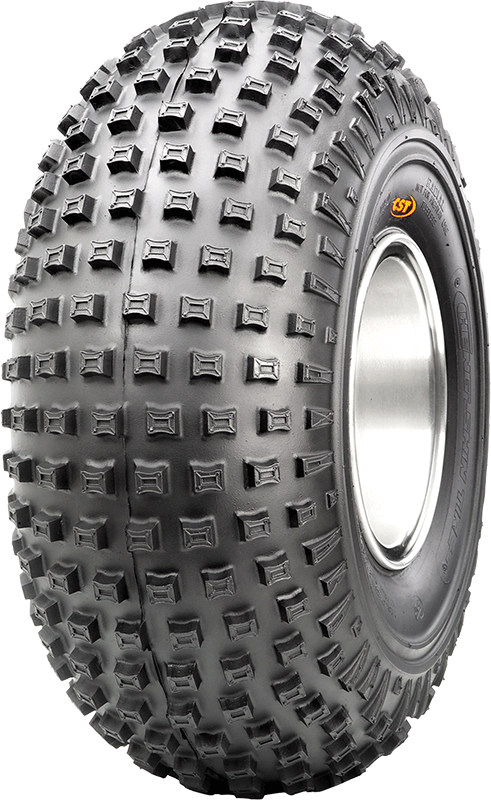
Look out for discount codes and other promotions. A few percent off can make for a nice saving on such an expensive purchase as tires.
When comparing tire prices, you need to make sure the prices are comparable. Because the price of a tire is not only product cost. You also need to keep track of additional costs, such as:
Retailers that provide an “all-in price” or “out-the-door cost” usually include all of the above costs in their sales price. Be aware that some retailers only display the product cost plus shipping.
Most states charge $1 – $2 per tire in disposal fees. Be aware that some states cost less, while others may charge quite a bit more.
Tire prices fluctuate quite a bit throughout the year and between seasons.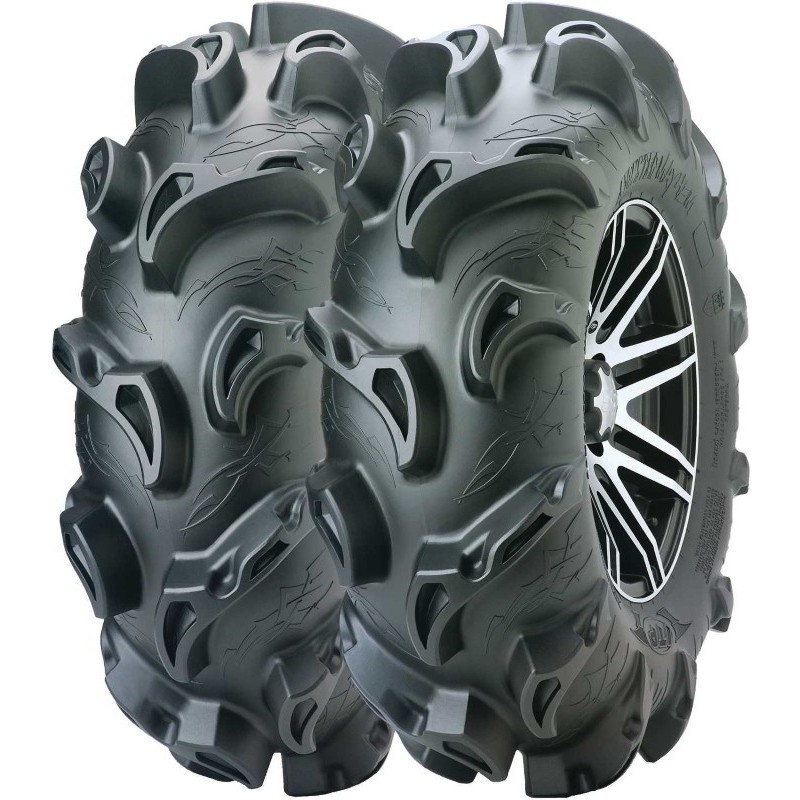 You have a better chance of finding a good deal if you start searching some time before the old ones are entirely shot.
You have a better chance of finding a good deal if you start searching some time before the old ones are entirely shot.
Learn what signs to look for, and you will be able to see when a tire is due for being replaced months in advance.
Most dealers charge a fee for installing the tires to your rims—some more affordable than others.
Installing an ATV tire at home is not as hard as you may think. You will only need a few essential tools. This step-by-step guide shows you how to do it.
The sales price only tells half of the story. If you’re not looking for extreme traction, you are likely better off with a tire that is not that soft. Softer tires generally wear faster and therefore offer less value.
You will often find that two tires that may look almost identical on paper may wear quite differently by reading reviews.
Whether you use your ATV as a powerful workhorse or as a fast-flying, trail riding machine, Rocky Mountain ATV/MC.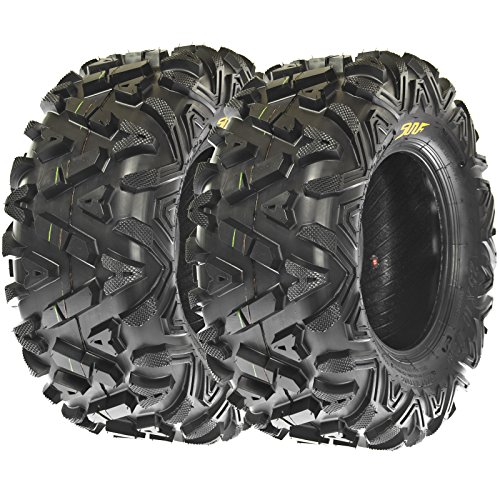 com has the ATV tires you need to maximize its power and functionality. We have a huge selection of four wheeler tires in a variety of tread patterns specific to the terrain you’ll be riding on – dirt, sand, mud or snow. Maybe you live near a desert, requiring you to need ATV sand tires, so make sure you buy a tire that’s lightweight and provides maximum flotation like the ITP Sand Star ATV Tire. If you actually enjoy getting covered in mud, slinging it everywhere on your ATV, then you’ll love the STI Mud Trax ATV Tire which has deep, angled grooved lugs for exceptional traction. You can also use our online ATV Tire Search to find the quad tires made for your machine.
com has the ATV tires you need to maximize its power and functionality. We have a huge selection of four wheeler tires in a variety of tread patterns specific to the terrain you’ll be riding on – dirt, sand, mud or snow. Maybe you live near a desert, requiring you to need ATV sand tires, so make sure you buy a tire that’s lightweight and provides maximum flotation like the ITP Sand Star ATV Tire. If you actually enjoy getting covered in mud, slinging it everywhere on your ATV, then you’ll love the STI Mud Trax ATV Tire which has deep, angled grooved lugs for exceptional traction. You can also use our online ATV Tire Search to find the quad tires made for your machine.
Did you know Rocky Mountain ATV/MC has an ATV Tire and Wheel Package Builder that saves you up to 56% on ATV tires and wheels? Purchase an ATV Tire and Wheel Package and receive two tires mounted on two wheels for free as well as fast ground shipping, free valve stems and the assurance that you’ve paid an excellent price on high quality tires.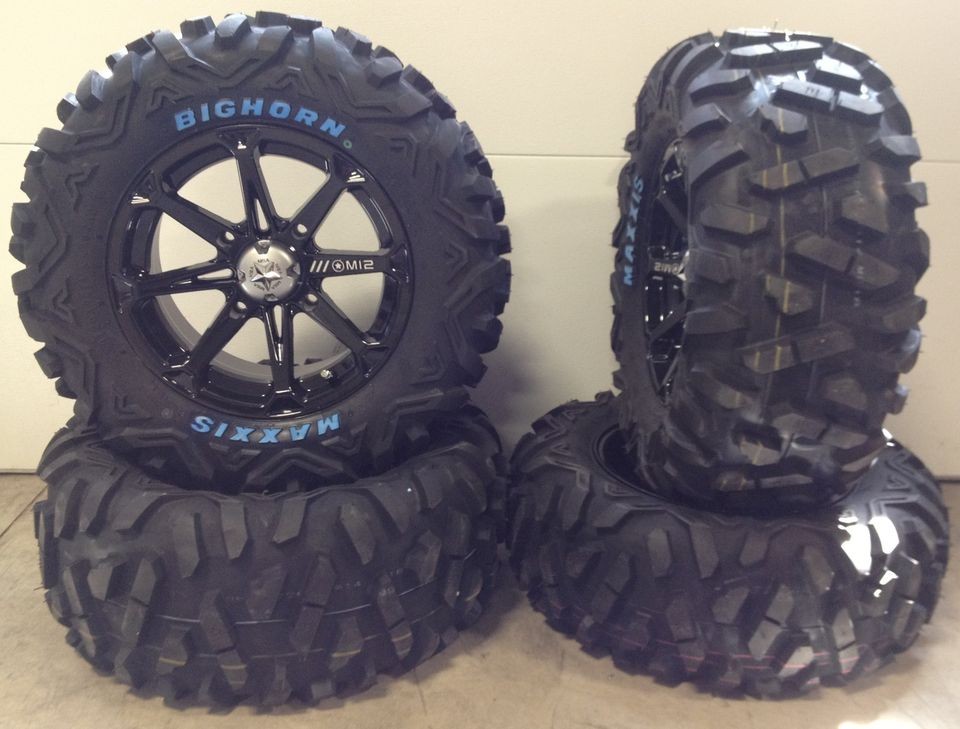
We carry only the best brands in four wheeler tires like ITP, Maxxis, Kenda, Duro, Skat-Trak, Tusk and more, and we have tires in both bias play and radial ply construction. We’ve made it fast and easy to find the tires you need with our online search filter which allows you to search by brand name, size of tires you need, terrain you’ll be riding on or even the price you want to pay. Get high quality ATV tires that will last for years to come but won’t cost a fortune – only at Rocky Mountain ATV/MC.com.
★★★★★
Craig in OR
These guys rip. Much cheaper than going skat track and these side hill much better. Still launch up a hill and hold up great durability wise on the trails.
Read All Reviews
★★★★★
pete in MI
for the short time i had them every good i like them
Read All Reviews
★★★★★
JASON in WY

These tires were a perfect fit and have lasted several years. Granted I do not ride everyday, however, I am happy that they have held up to the abuse that I have subjected them to.
Read All Reviews
★★★★★
Gordon in WI
My second set of Mud Lite tires on a Yamaha Viking. 2,200 miles of 50%road and 50%farm use. They go in the snow and do well in the clay mud of wisconsin. They ride decent on the road and their weight is reasonable with a price that is hard to beat. 28 X10 x14 all the way around so I can rotate them as needed. No issues or complaints. There was still about 40% tread life left in my old rear tires but the front only 10%. Couldn't rotate due to different tire width.
Read All Reviews
★★★★★
JASON in WY
These tires seem to be really well built. They have always giving me traction when I needed it.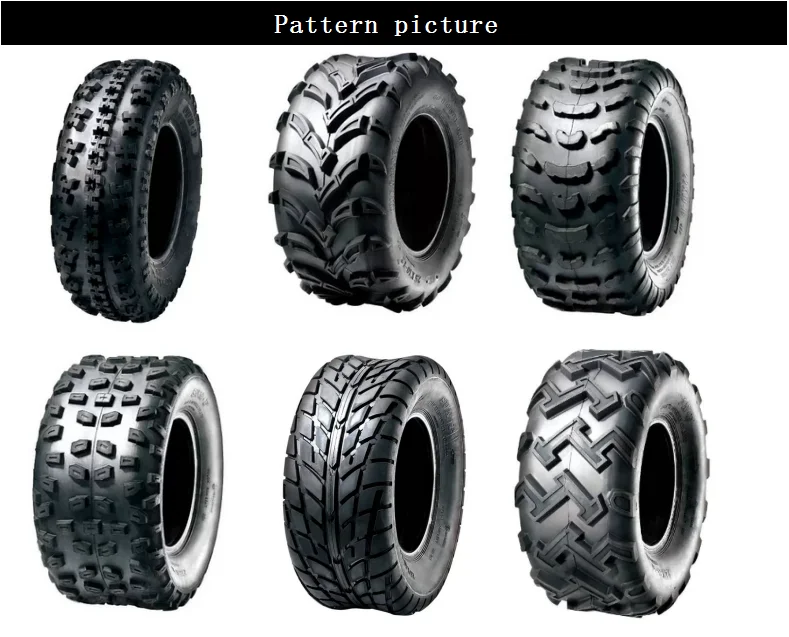
Read All Reviews
★★★★★
mark in CT
I had these tires in the past on another quad, great cornering ability, straight line stability, used in all conditions from sandy gravel to mud. They are soft which is great for roots and mud and they still hold up nice in the sand pits.
Read All Reviews
Unlike automobile tires, ATV tires are not divided into winter and summer tires. All utility models are fitted with all-season tires from the factory. But if you are not satisfied with the grip or patency, there are complaints about the handling or comfort of the equipment, you can choose more suitable tires for the cold season. Which are better for deep snow, ice and frozen ground - we will tell in the article.
According to the structure of the carcass, tires for an ATV are divided into radial and diagonal, and according to their purpose - into mud and universal. Consider their features.
Consider their features.
Radial. More durable. With less rolling resistance. They hold their shape well and provide a larger contact patch. They improve the dynamics of acceleration and braking, as well as handling at high speed and in corners. Great for smoothing out small imperfections. Of the minuses - a higher cost.
Diagonal. Cheaper. More flexible. They have better grip on loose surfaces and self-cleaning more efficiently. At the same time, such tires wear out faster, have increased rolling resistance and impair the handling of the ATV at high speed and when cornering.
Mud tires are usually bias-ply tires, as flexibility, self-cleaning ability and traction on loose ground are more important. All-purpose tires are often radial to give the ATV more stability and control on hard surfaces.
Mud. They have large lugs with a height of 3 cm or more.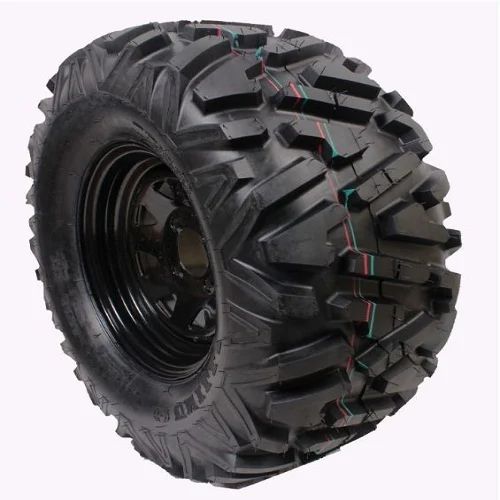 The angular arrangement of the tread elements and the large space between them provide effective self-cleaning - the faster the wheels spin, the better the dirt is pushed out. Such tires are not suitable for hard surfaces due to poor grip, rapid wear and reduced stability of the ATV. An example of a mud tire is the CST Wild Thang.
The angular arrangement of the tread elements and the large space between them provide effective self-cleaning - the faster the wheels spin, the better the dirt is pushed out. Such tires are not suitable for hard surfaces due to poor grip, rapid wear and reduced stability of the ATV. An example of a mud tire is the CST Wild Thang.
Universal. Available in any tread pattern to be more adapted to mud or fast riding. The height of the lugs does not exceed 2.5 cm, and the distance between them is less than on mud tires. At low pressure, these tires create the maximum contact area of the tread with the surface. At a low speed (about 5 km / h), they do not throw snow out from under them, but compact it. The wider and softer the tire, the better it is for off-road driving. An example of universal tires is CST STAG.
Different types of tires are suitable for different types of snow.
For "powder" - mud. This snow does not hold vehicles, so mud tires are optimal.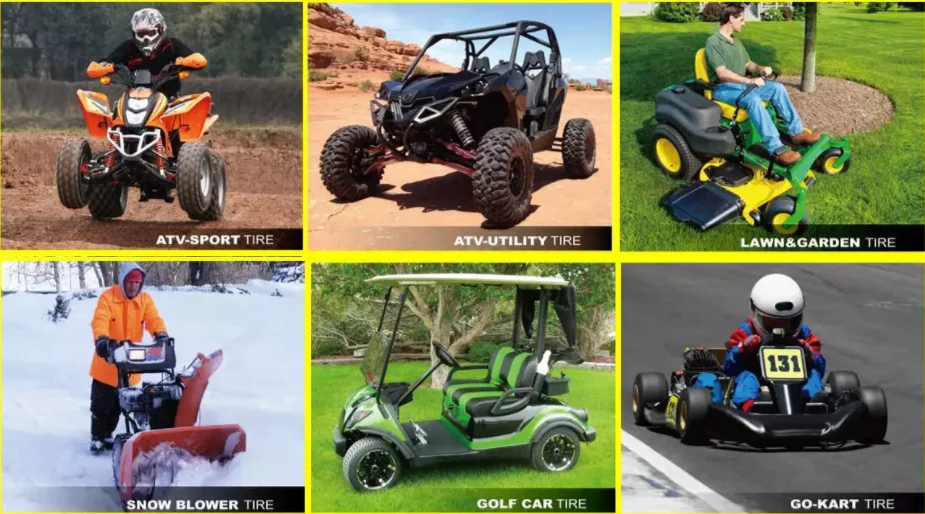 They quickly burrow to the ground and will push off from it. But on one condition - if there is no frozen surface below. All-purpose tires will handle icy ground better.
They quickly burrow to the ground and will push off from it. But on one condition - if there is no frozen surface below. All-purpose tires will handle icy ground better.
For compacted compacted - soft universal without aggressive tread. Hard mud tires with large lugs will not work as they will dig in.
For crust - universal. Tires with minimal ground pressure work better on this surface.
On ice, the maximum contact patch of the tread with the surface is important - for better grip. It is better to refuse mud rubber. The optimal choice is universal tires with a low and frequent tread pattern, designed primarily for high-speed driving.
Radial all-purpose tyre, preferred. On it, the ATV will be safer, more manageable and more stable. It also transmits fewer shocks to the suspension, which will positively affect the resource of equipment and rider comfort.
It is important that the tires are soft and do not tan in the cold.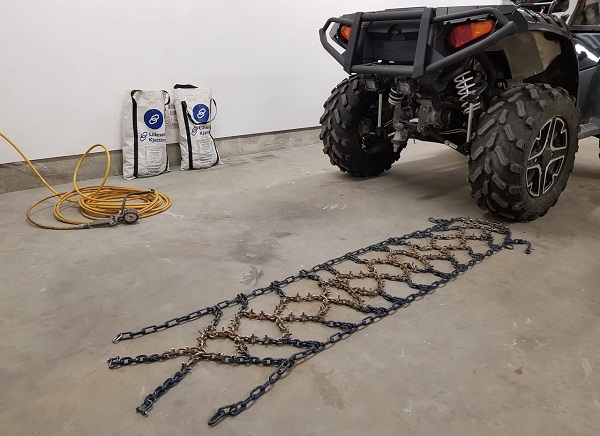
For ice, frozen ground and packed snow, general purpose tires with a narrow and low tread pattern are best suited. They provide a larger contact patch, allow you to accelerate or decelerate faster, and make the ATV stable and controllable at high speeds and in corners.
All-round tires are also great for deep packed snow: the lower the pressure, the better the ATV will ride. The main thing is to avoid slipping.
Mud tires are better than others on powder and shallow snow - they quickly reach the ground and push off from it. But such rubber is not suitable for hard surfaces due to increased wear, deterioration in handling and safety of equipment.
ATV's versatility makes it a great solution for outdoor activities, work, racing, touring, expeditions, etc. But in order for the device to confidently hold on to a particular landscape, the driver needs to choose the right tires for the ATV. The fact is that ride comfort, maneuverability and patency of equipment depend on rubber.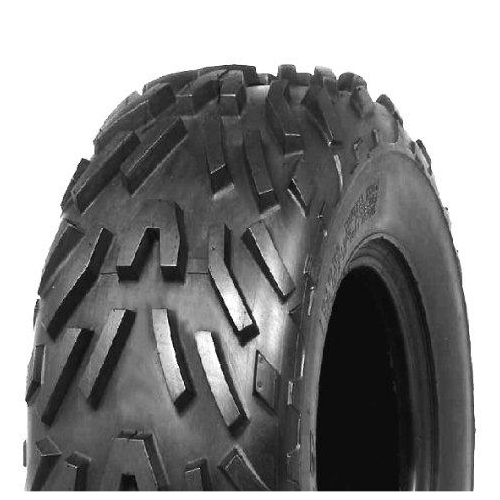 Even if you decide to buy an inexpensive ATV, the right tires will improve its driving performance. So let's figure out how to choose tires for an all-terrain vehicle.
Even if you decide to buy an inexpensive ATV, the right tires will improve its driving performance. So let's figure out how to choose tires for an all-terrain vehicle.
First, the rider needs to decide what is his priority: speed or flotation. It is from this that it is worth starting when deciding which tires are better to put on an ATV.
If you love driving ATV or want to race, then you should choose small diameter tires (12-14 inches). Such rubber will significantly increase the speed of the device, but its permeability will decrease.
Large wheels, on the contrary, will allow the quadric to drive even on difficult tracks: wetlands, streams, mud, snow. The fact is that large tires have an enlarged contact patch, which improves traction. But if you install large diameter tires on the ATV, then the torque of the device will decrease and the wear of components (engine and suspension) will increase.
But it's better not to experiment with tires for a children's ATV. If the device has 8 inch wheels, then you need to change them to rubber of the same size. Installing wheels of a different diameter will lead to poor handling, loss of sensitivity and reduced power.
If the device has 8 inch wheels, then you need to change them to rubber of the same size. Installing wheels of a different diameter will lead to poor handling, loss of sensitivity and reduced power.
It should be noted right away that almost all tires for ATVs are designed for off-road use. Although some manufacturers produce tires for public roads.
Now on the market:
You also need to pay attention to the tire markings. This will greatly simplify the choice of suitable rubber.
Wheel size is usually given in English or Metric. The first option looks like this: 25 × 8-12. The first two numbers show the height and width of the tire, and the last number shows the radius of the disc.
The first two numbers show the height and width of the tire, and the last number shows the radius of the disc.
The metric system looks a bit more complicated, for example: 200/70R12. Where 200 is the width of the tire, and 70 is the ratio of the width to the height of the profile.
When choosing tires for an ATV, you also need to consider the tread pattern. How the ATV will behave off-road depends on it.
Patterns:
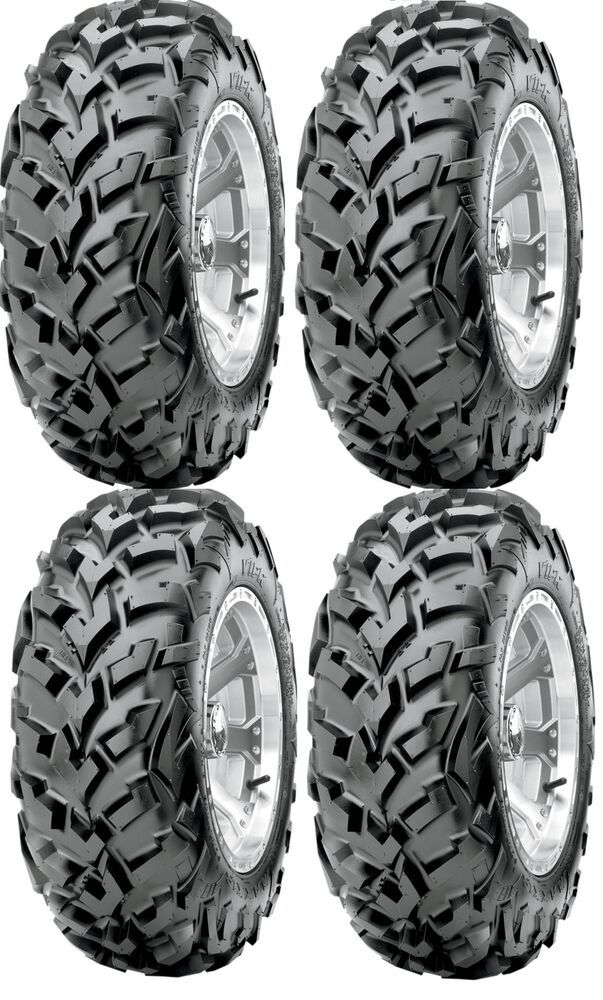 The tread pattern resembles blocks. It is important to note that these are rather narrow directional tires, so they can only be used for driving on sand.
The tread pattern resembles blocks. It is important to note that these are rather narrow directional tires, so they can only be used for driving on sand. But if you plan to ride on mud, lawn, snow and other surfaces, then it is better to take universal tires. The small pattern of the tires allows the quad to feel good on any type of track.
Even if you choose the best tires for your ATV, without proper maintenance, their performance will be poor. This means that the rider needs to monitor the pressure in the wheels and change it based on the characteristics of the tracks.